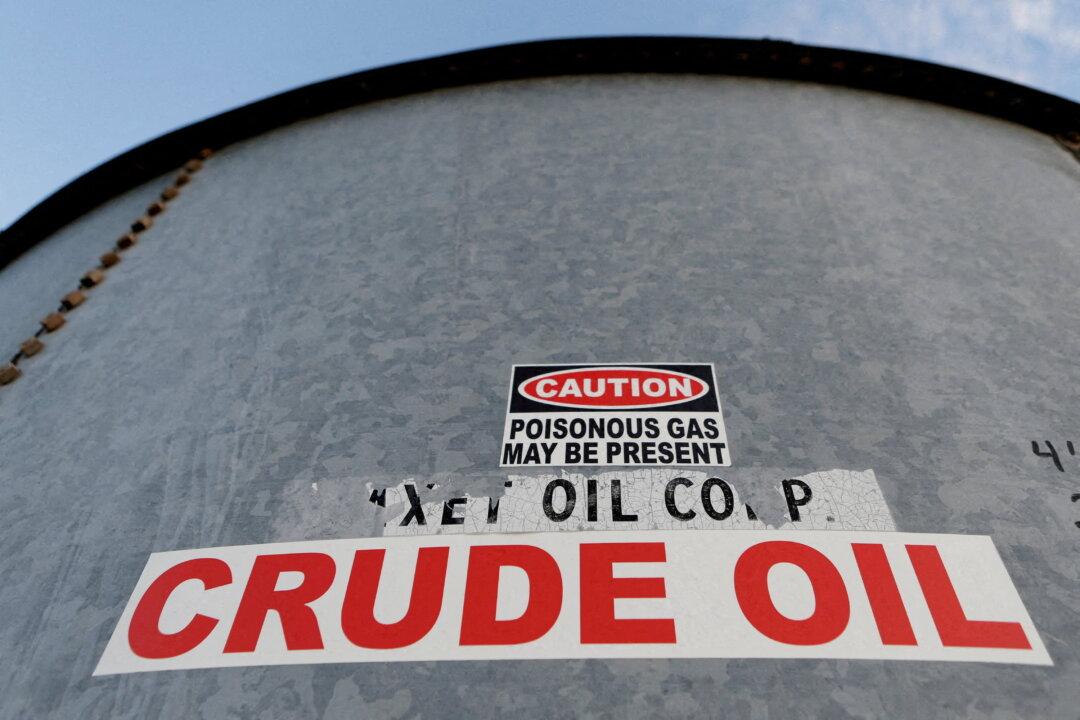Global energy markets have shrugged off geopolitical tensions and have placed a renewed focus on supply factors. As a result, crude oil prices will record their third consecutive weekly loss, adding to their year-to-date declines.
West Texas Intermediate (WTI) crude futures are trading at about $77 per barrel on the New York Mercantile Exchange. Brent, the international benchmark for oil prices, is trying to regain $82 on London’s ICE Futures exchange.





